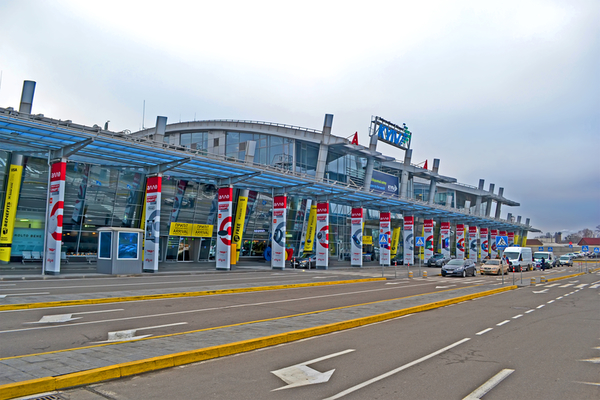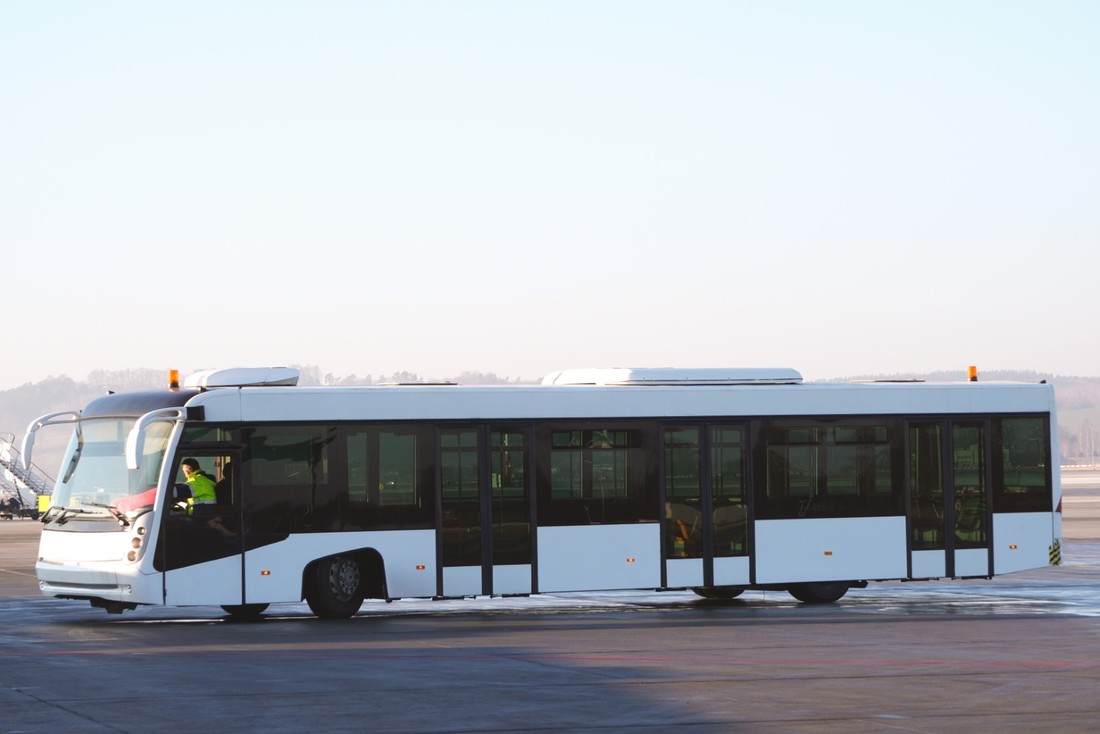
The liability for tort arising from the use of an airplane seems like something that would only be of academic interest to a typical lawyer. Aviation is still relatively new. This new industry is making huge strides. The United States now has more than 100,000 registered aircraft. Our airplanes struggled to surpass the 1,000,000 passenger mark a few years back. Last year, our airlines carried 18,828,000 passengers. They have a remarkable safety record that has allowed them to transport 18,828,000 revenue passengers last year. Accidents can lead to both legal and civil claims. My officer, who was one of many aviation insurances, oversaw the handling of approximately 2,000 aviation tort claims in 1950. There were 217 suits in the U. S. A. that involved aeronautical torts. Our suit register ended last year. The subject is now more than just academic. Because the aeronautical operations that we insure cover all of the worlds, I am unable to attend most trials. Instead, I use adjusters and lawyers I have not met to handle claims and lawsuits. My main problem is that many lawyers don't have any experience in aviation law and therefore are not familiar with aviation law. All of us fear the unknown. My office has a team of lawyers who are also pilots. This solves the problem. To fill the gap left by the competent local attorney, we specialize in aviation law and aviation. In the hopes of providing practical value for the practicing lawyer, I will try to achieve somewhat the same result on this paper, insofar as the law is concerned.
It is comforting to know that aviation law is not a part of the general law. The common law rules of negligence, with which all lawyers are familiar, have been applied to aviation tort liability. Although there is a substantial body of law that has been compiled by courts using these principles, it cannot be adequately discussed in a general paper. Although there have been relatively few cases reported, there have been numerous decisions, charges, and opinions from lower courts that indicate the general trend in the law. U.S. Aviation Reports contains a comprehensive compilation of all decisions and relevant material. The Commerce Clearing House also publishes an extensive service called Aviation Law Report.4 This is to show that aviation law is not a distinct branch of law, but rather an application of general law which is as familiar to us as any other industry law.
Three exceptions exist to this rule: (1) Land Damage Statutes; (2) Guest Statutes; and (3) The Warsaw Convention, an international treaty that covers liability for passengers, baggage, and cargo during international flights. These will be discussed in the future. Let's first look at how our courts have applied well-established doctrines of common law to a revolutionary technological development like aviation. Or have modified them in a perfect example illustrating the adaptability of our unique common law system.

First, the old common law doctrine cujus est collum ejus usque was applied. This meant that there could not have been a flight without trespass. The U.S. Supreme Court's decision in U.S. v. CausbyV6 sums up the issues. It ruled that the doctrine is not appropriate in today's world. The air is part of the public highway. The rights of the landowner are protected fully as this court and many others ruled that the landowner owns at most as much space above the ground as he can use or occupy. relating to the land. Invasions of the air space are the same as those of the surface.
Airlines are subject to the principle that a common carrier cannot be an insurer of their passengers' safety. In Allison v. Standard Airlines7, the court ruled that the carrier was not an insurer of passengers' safety and is not obliged to transport them safely. Operators not belonging to the common carrier-class are also held responsible for the same level of care as non-carrier operators of vehicles on the surface.
In aviation cases, the principle that an individual is not held accountable for emergency decisions has been applied. In Thomas v. American supra, for example, the court stated that "One who is suddenly faced with imminent danger without negligence on his part is not required to exercise the degree of care and skill required after a calm analysis of the facts following an accident." "
Res Ipsa locator is a phrase that means the thing or matter speaks for itself. This is simply a way to say that the accident occurred due to negligence. It is not just the accident itself that leads to negligence, but the accompanying circumstances.
A plaintiff must prove the negligence of the person from whom he seeks to recover damages. This must be proven by a preponderance. 19 Accordingly, the plaintiff bears the burden of proof and the burden to prove the negligence of the defendant. Let's see how res ipsa relieves the plaintiff of his burden of proof.
Umed liability: First, courts recognize that res ipsa lecture is an exception to the common-law rule that a plaintiff must prove the defendant's guilt. They require the plaintiff to show that the aircraft was under the sole control of the defendant, that there was no contributory negligence, that such accidents don't ordinarily occur without negligence. Because the plaintiff failed to justify its application, many courts have declined to apply recipe loquitur to aviation passenger claims. When liability is presumed, the plaintiff does not have to deal with such a problem.
